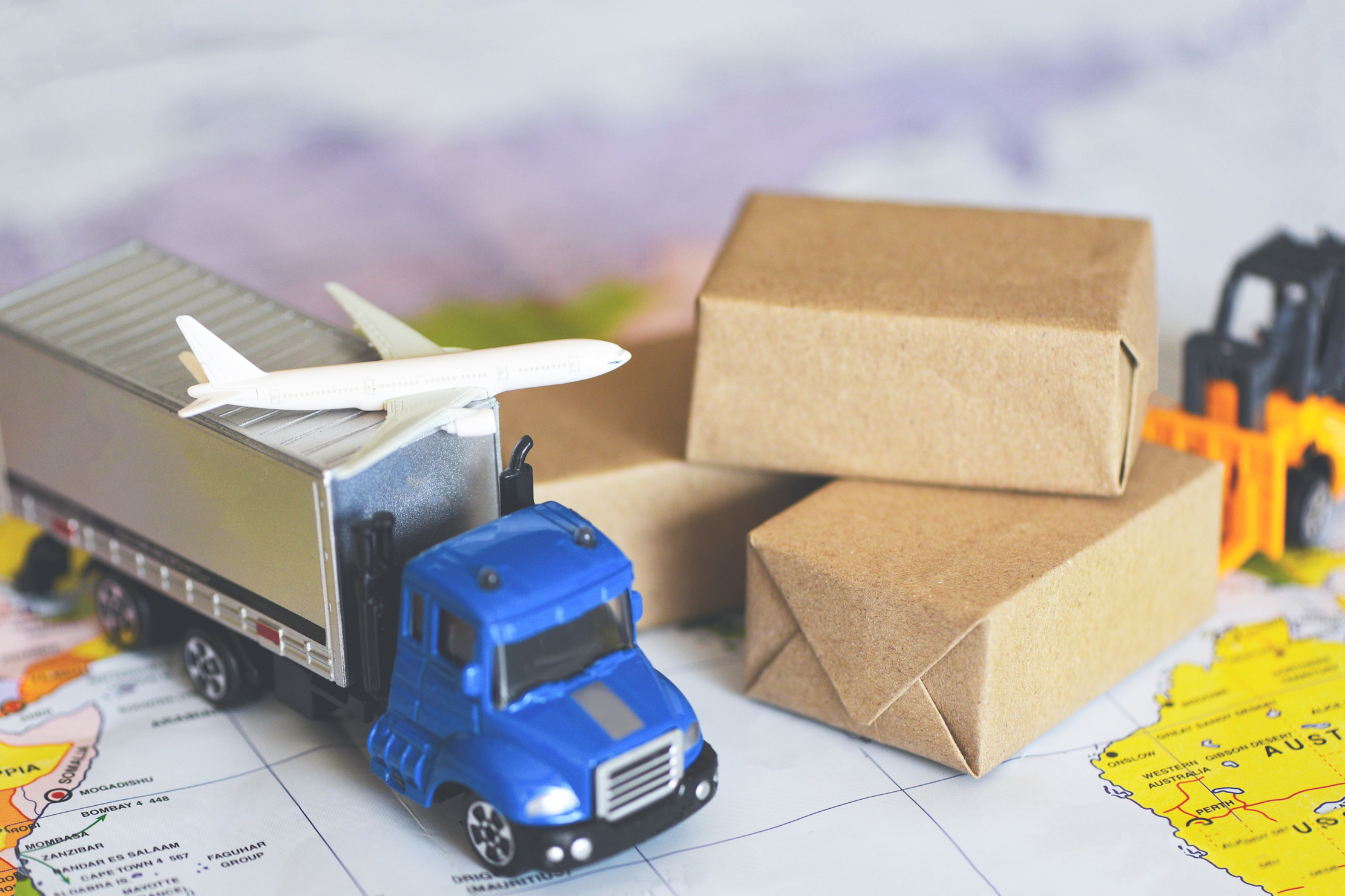Country
- Afghanistan
- Albania
- Algeria
- Angola
- Argentina
- Armenia
- Australia
- Austria
- Azerbaijan
- Bahamas
- Bahrain
- Bangladesh
- Barbados
- Belarus
- Belgium
- Belize
- Benin
- Bhutan
- Bolivia
- Bosnia and Herzegovina
- Botswana
- Brazil
- Brunei
- Bulgaria
- Burkina Faso
- Burundi
- Cambodia
- Cameroon
- Canada
- Cayman Islands
- Central African Republic
- Chad
- Chile
- China
- Colombia
- Costa Rica
- Croatia
- Cuba
- Cyprus
- Czech Republic
- Congo - Kinshasa
- Denmark
- Djibouti
- Dominican Republic
- Ecuador
- Egypt
- El Salvador
- Equatorial Guinea
- Eritrea
- Estonia
- Ethiopia
- Faroe Islands
- Finland
- France
- French Guiana
- Gabon
- Gambia
- Georgia
- Germany
- Ghana
- Gibraltar
- Greece
- Greenland
- Grenada
- Guam
- Guatemala
- Guinea
- Guinea-Bissau
- Guyana
- Haiti
- Honduras
- Hong Kong SAR China
- Hungary
- Iceland
- India
- Indonesia
- Iran
- Iraq
- Ireland
- Isle of Man
- Israel
- Italy
- Côte d’Ivoire
- Jamaica
- Japan
- Jersey
- Jordan
- Kazakhstan
- Kenya
- Kiribati
- Kosovo
- Kuwait
- Kyrgyzstan
- Laos
- Latvia
- Lebanon
- Lesotho
- Liberia
- Libya
- Liechtenstein
- Lithuania
- Luxembourg
- Macau SAR China
- Macedonia
- Madagascar
- Malawi
- Malaysia
- Maldives
- Mali
- Malta
- Mauritania
- Mauritius
- Mexico
- Moldova
- Monaco
- Mongolia
- Montenegro
- Montserrat
- Morocco
- Mozambique
- Myanmar [Burma]
- Namibia
- Nauru
- Nepal
- Netherlands
- New Caledonia
- New Zealand
- Nicaragua
- Niger
- Nigeria
- Norfolk Island
- North Korea
- Norway
- Oman
- Pakistan
- Palestinian Territories
- Panama
- Paraguay
- Peru
- Philippines
- Poland
- Portugal
- Puerto Rico
- Qatar
- Congo - Brazzaville
- Romania
- Russia
- Rwanda
- Saint Lucia
- Saint Martin
- San Marino
- Saudi Arabia
- Senegal
- Serbia
- Serbia and Montenegro
- Sierra Leone
- Singapore
- Slovakia
- Slovenia
- Somalia
- South Africa
- South Korea
- South Sudan
- Spain
- Sri Lanka
- Sudan
- Suriname
- Swaziland
- Sweden
- Switzerland
- Syria
- Taiwan
- Tajikistan
- Tanzania
- Thailand
- Togo
- Tunisia
- Turkey
- Turkmenistan
- Uganda
- Ukraine
- United Arab Emirates
- United Kingdom
- United States
- Uruguay
- Uzbekistan
- Venezuela
- Vietnam
- Western Sahara
- Yemen
- Zambia
- Zimbabwe
Delivery Types in International Trade

Delivery Types in International Trade
In International Trade, it is important to clearly determine the obligations of the buyer and seller, such as where the delivery will be made, who will cover the costs or how they will be shared, whether insurance and transportation contracts will be made.
One of the helpful helpful resources in this regard is INCOTERMS (International Commercial Terms) published by the International Chamber of Commerce (ICC). INCOTERMS is a set of internationally accepted rules used in the contracts between the buyer and the seller, showing the responsibilities of the buyer and the seller.
Delivery Methods in International Trade The latest INCOTERMS 2010 has been published by ICC. Accordingly, there are 11 delivery methods in international trade and they are divided into two classes.
– Rules covering all transport types: EXW, FCA, CPT, CIP, DAT, DAP, DDP
– Rules specific to sea and inland water transport: FAS, FOB, CFR, CIF
DELIVERY ON WORKS / EX WORKS (EXW)
In this form of delivery, the seller delivers the goods at the disposal of the buyer at his own place or at another named place (such as a factory, warehouse, workplace). The seller has no obligation to load the goods on any transport vehicle. From the moment of delivery of the goods, all costs and risks related to the goods are borne by the buyer. Delivery Methods in International Trade: In the workplace delivery model, there is a minimum obligation for the seller.
FREE CARRIER (FCA)
In this form of delivery, the seller delivers the goods to the carrier or another person nominated by the buyer at the seller's premises or another designated place. In this form of delivery, the seller must complete the export customs clearance of the goods at his own risk and expense. Methods of Delivery in International Trade: In the model of free delivery to the carrier, all costs and risks related to the goods pass to the buyer from the moment of delivery.
FREE ALONGSIDE SHIP BY SHIP (FAS)
In this form of delivery, the seller delivers the goods at the designated port of shipment, leaving them in line with the ship chosen by the buyer (for example, on a quay or on a barge). If the goods are at the ship's dock, by loading them; If the ship is moored in the open, it is delivered by barges to the side of the ship. Damage and costs related to the goods pass to the buyer when the goods are left in the direction of the ship, and the buyer bears all costs from that moment on. Methods of Delivery in International Trade: In the no-cost delivery model, the seller obtains all kinds of export permits or other official permits required for the export of the goods, at his own risk and expense, and completes the necessary customs procedures for the export of the goods.
FREE ON BOARD (FOB) ON BOARD
In this form of delivery, which is the most used in our country; The seller delivers the goods at the designated port of shipment, on the ship chosen by the buyer, or by procuring the goods delivered in the specified manner. Damage and costs related to the goods pass to the buyer when the goods are on board, and the buyer bears all costs from this moment on. The seller, at his own risk and expense, obtains all kinds of export permits or other official permits necessary for the export of the goods and completes the necessary customs procedures for the export of the goods.
COSTS AND FREIGHT / COST AND FREIGH (CFR)
In this form of delivery, the seller delivers the goods on board or supplies goods that have already been delivered in this way. Damage and costs to the goods pass to the buyer when the goods are on board. The seller, at his own risk and expense, obtains all kinds of export permits or other official permits necessary for the export of the goods and completes the necessary customs procedures for the export of the goods. Modes of Delivery in International Trade: In the costs and freight model, the seller makes a contract of carriage to bring the goods to the designated port of destination and pays the costs and freight.
COSTS, INSURANCE AND FREIGHT / COST, INSURANCE AND FREIGHT (CIF)
In this form of delivery, the seller delivers the goods on board or supplies goods that have already been delivered in this way. Damage and costs to the goods pass to the buyer when the goods are on board. The seller, at his own risk and expense, obtains all kinds of export permits or other official permits necessary for the export of the goods and completes the necessary customs procedures for the export of the goods. The seller contracts for carriage and pays the costs and freight to bring the goods to the named port of destination. The seller also makes an insurance contract against the buyer's risk of loss and damage to the goods during the journey.
CARRIAGE PAID TO / CARRIAGE PAID TO (CPT)
In this form of delivery, the seller delivers the goods to the carrier that he has chosen and made an agreement with, with the customs clearance of the goods made, the carriage contract for the shipment to the specified destination and the transportation costs paid. The seller, at his own risk and expense, obtains all kinds of export permits or other official permits necessary for the export of the goods and completes the necessary customs procedures for the export of the goods.
CARRIAGE AND INSURED PAID TO (CIP)
In this form of delivery, the seller delivers the goods to a carrier or other person chosen by him at the designated place, and the seller makes the contract of carriage necessary to bring the goods to the specified destination and pays the transportation costs. The seller, at his own risk and expense, obtains all kinds of export permits or other official permits necessary for the export of the goods and completes the necessary customs procedures for the export of the goods. The seller contracts for carriage and pays the costs and freight to bring the goods to the named port of destination. The seller also makes an insurance contract against the buyer's risk of loss and damage to the goods during the journey.
DELIVERED AT TERMINAL (DAT)
In this form of delivery, the seller delivers the goods, leaving them at the disposal of the buyer, unloaded from the incoming transport vehicle at the designated terminal at the designated destination or port. The term terminal covers any place that can be covered or covered, such as a quay, warehouse, container yard, or road, rail or air cargo station. The seller, at his own risk and expense, obtains all kinds of export permits or other official permits necessary for the export of the goods and completes the necessary customs procedures for the export of the goods. The seller contracts for carriage and pays the costs and freight to bring the goods to the named port of destination. The Seller also bears all damages and costs of bringing the goods to the named place of destination or port and unloading them from the transport vehicle.
DELIVERED AT PLACE (DAP)
In this form of delivery, the seller delivers the goods at the disposal of the buyer without unloading them from the arriving means of transport at the designated destination. The seller bears all damages and costs related to the delivery of the goods. The seller, at his own risk and expense, obtains all kinds of export permits or other official permits necessary for the export of the goods and completes the necessary customs procedures for the export of the goods. The seller, at his own expense, concludes a contract of carriage for the carriage of the goods to the designated place of delivery, if any, to the agreed point. The seller bears all damages and costs related to the delivery of the goods to the designated destination.
CUSTOMS DUTIES PAID / DELIVERED DUTY PAID (DDP)
In this form of delivery, the seller delivers the goods at the disposal of the buyer, cleared for import and ready for unloading in the transport vehicle at the designated destination. The seller undertakes all damages and costs related to the delivery of the goods to the designated destination, is obliged to carry out customs clearance not only for the export but also for the import of the goods, to pay all kinds of fees required for export and import, and to fulfill all customs formalities. There is maximum liability for the seller.




 by Admin
by Admin

